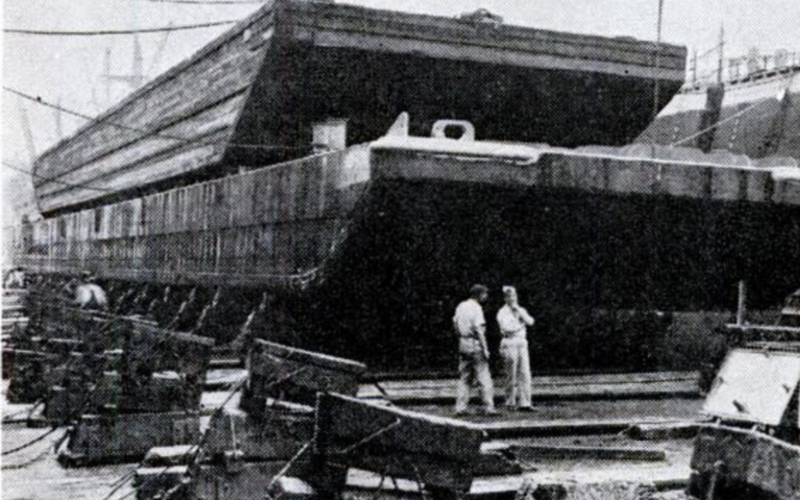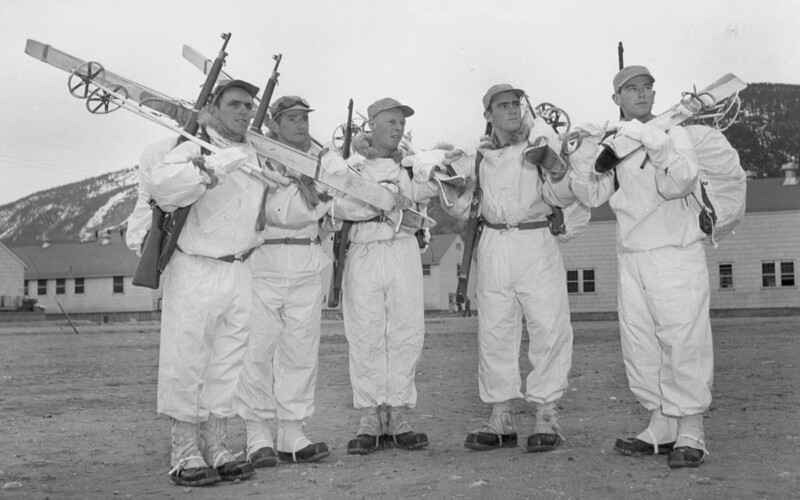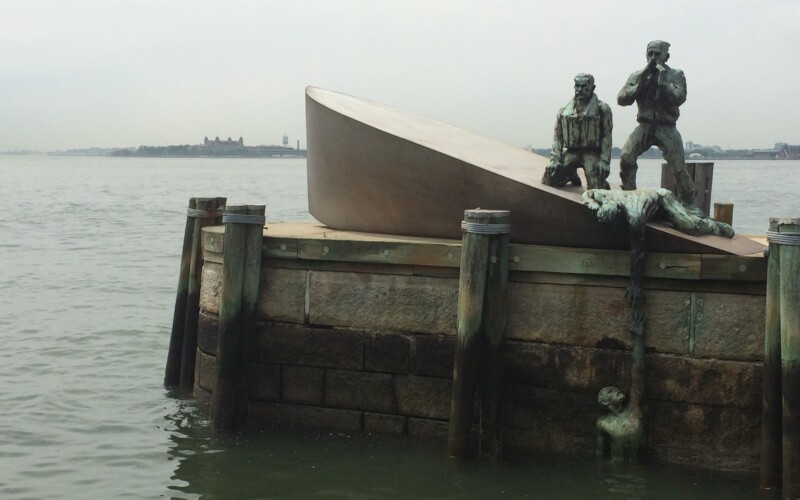We have experience hosting a range of audiences, from college classes to birthday parties to company outings, and we customize our tours to meet your group’s interests and needs.
Book a private tour today
The history and legacy of the Second World War can be seen all around us in Brooklyn. Once home to hundreds of factories, shipyards, and warehouses, and responsible for sending …
Read more

Hit the slopes with us as we explore the history of downhill skiing in the United States. We will look at the introduction of modern skiing by Norwegian immigrants, the …
Read more

Over the past four centuries, the Battery at the tip of Manhattan has evolved, from a fortification to immigration station to park to National Monument. On this virtual walking tour, …
Read more

We couldn’t let Leif Erikson Day pass without boasting that we stood in his bedroom. And not in Norway or Iceland or Greenland, but right here in North America, at …
Read more

Peter Christian Asserson (1839–1906) The Brooklyn Navy Yard has always adapted to change. Over its first 165 years, rapid changes in naval ship designs forced the adoption of new shipbuilding …
Read more
